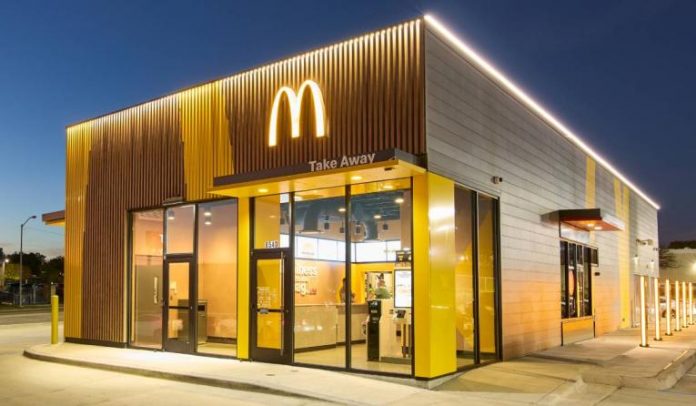Until recently, restaurants and other dining establishments fell into two distinct categories: Full-service and limited service. Full service is your typical dine-in, table-service restaurant. It’s a simple definition, and it works.
Limited service, however, is a broad, catch-all term. Essentially, limited service is anything and everything that is not full service: Think quick service, fast casual, pizza restaurants, cafes, and more.
The limited-service category is unhelpful because it doesn’t do justice to the vast differences in how these restaurants operate. We all know inherently how a drive-thru differs from an eat-in salad bar. That’s why these days, those in the food and restaurant industry have divided the limited-service category into sub-categories that includes the two big players, quick service and fast casual.
Quick-service restaurants is the broader, larger category, and it shares many similarities with fast-casual restaurants. This has prompted some in the industry to ask whether the term fast casual is even relevant at all anymore. Many fast casuals find themselves committing either to speed or product quality as their core value—the former qualifying them for the quick-service categorization, the latter placing them in the casual-dining camp. If this analysis is correct, is there still a place for the fast-casual category, or has it been rendered useless?
To the consumer, these categories are different, even if they share many of the same operational functions. These differences include restaurant decor, level of service, quality of the ingredients, and even the branding. Notice how quick-service restaurants, for example, rely primarily on speed, ease, and value for money. Fast casuals, however, are more likely to use the language of quality or health, targeted at busy professionals. And even when it comes to speed, the purchase experience between quick service and fast casual is distinct. Quick-service restaurants strive for lightning speed. Fast casuals, on the other hand, may be quick, but customers can expect to wait 5–10 minutes for their food to be prepared and handed to them.
However, we’d like to take a look at a key, distinct area where quick service and fast casual converge. The technologies powering and moving forward these two categorizations of restaurant are very similar, and several of the technology stacks used across these food and restaurant businesses are the same.
In 2020, restaurants were forced to change the way they do business overnight. This introduced many new tools and technologies to these companies to enable them to remain operational, as well as to diversify. Customer ordering preferences haven’t returned to pre-pandemic patterns, and restaurants have continued to adopt new technologies to evolve their businesses and adapt to their customers’ changing needs.
From a technology perspective, both quick service and fast casuals are expanding their respective tech stacks to include everything from third-party delivery services and ghost kitchen options to loyalty apps and new customer communication methods (SMS, social media, etc.)
All manner of quick-service and fast-casual restaurants now rely on delivery, collection, and no-contact interactions with customers—something that may have distinguished them from each other before 2020.
We’re closely following how the food and restaurant industry is using software applications to support and enhance their operational processes, and we’re excited about how these technologies can bring about new ways of doing business. There’s a wealth of apps and tools that this industry is relying on to offer its customers better service and, ultimately, to boost competitiveness and profitability. There are of course differences in how the quick service and fast casuals leverage these technologies to suit their specific purposes, but many of the goals and outcomes are the same.
While it’s an exciting time in the restaurant tech business, we are also seeing how some businesses are struggling to manage these technologies within a single ecosystem. Many of these software applications have become integral to their operations—like third-party delivery services—but they require sophisticated integration solutions to ensure the business can run smoothly. This is where we predict that we’ll see quick-service and fast casuals diverging more in the coming months and years. Which restaurants will opt for seamless integration of all their apps and technological offerings under one umbrella, streamlining operations, and even providing better data protection options for their customers? It will be interesting to see which businesses take this route, and to watch how this improvement to operational processes might improve profitability and brand positioning.
For the time being, the distinction between quick service and fast casual will remain apparent to the consumer. These two restaurant categories still serve different purposes, and we should continue to champion the choice available to consumers in the food and dining marketplace.
And for those of us working in the industry, let’s watch closely for the leaders and disruptors adopting the technology that will enable innovative, secure, and effective operations that will propel the food industry forward.
Published By: QSR




